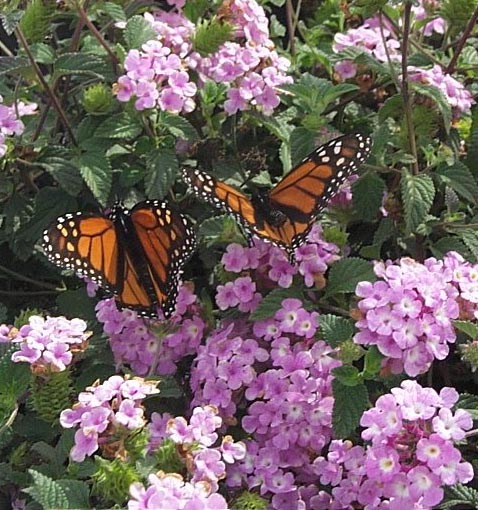| Botanical Name: Lantana montevidensis | Add |
| Common Name: Trailing Lantana |

-
Anatomy
-
Culture
-
Design
Plant Type
Ground cover
Height Range
1-3'
Flower Color
Purple
Flower Season
Spring, Summer, Fall, Constant
Leaf Color
Green, Dark Green
Bark Color
n/a
Fruit Color
n/a
Fruit Season
n/a
Sun
Full, Half
Water
Low
Growth Rate
Fast, Moderate
Soil Type
Sandy, Clay, Loam, Rocky, Unparticular
Soil Condition
Average, Poor, Well-drained, Dry
Soil pH
Neutral, Basic
Adverse Factors
Poisonous
Design Styles
Meadow, Mediterranean, Ranch, Tropical
Accenting Features
Showy Flowers, Standard
Seasonal Interest
Spring, Summer, Fall
Location Uses
Entry, Perennial Border, Foundation, Parking Strip, Patio, Parking Lot, Raised Planter, Walls / Fences, Walkways, With Rocks
Special Uses
Cascade, Container, Erosion Control, Filler, Mass Planting, Fire Resistant, Small Spaces, Hanging Baskets
Attracts Wildlife
Butterflies
Photographer: Miramar Nursery
-
Description
-
Notes